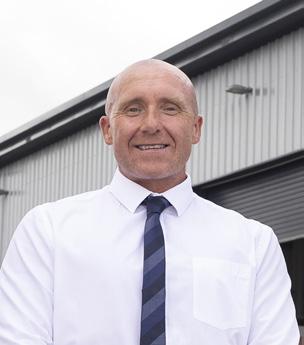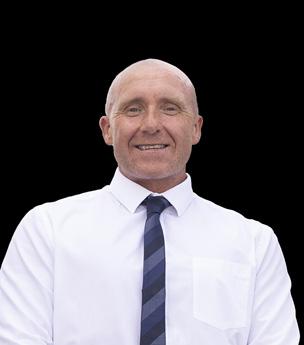
FORZE HYDROGEN RACING
Ambitious New Team Takes the Wheel in Delft


Ambitious New Team Takes the Wheel in Delft
PRODUCTION: James Redwell
The remarkable team at Forze Hydrogen Racing has been refreshed with an all new intake of bright minds that will further enhance our understanding of hydrogen fuel cell performance at the top end of competitive motoring. The exciting initiative is busy driving interest in hydrogen power while innovating new system to go further, faster, more efficiently.

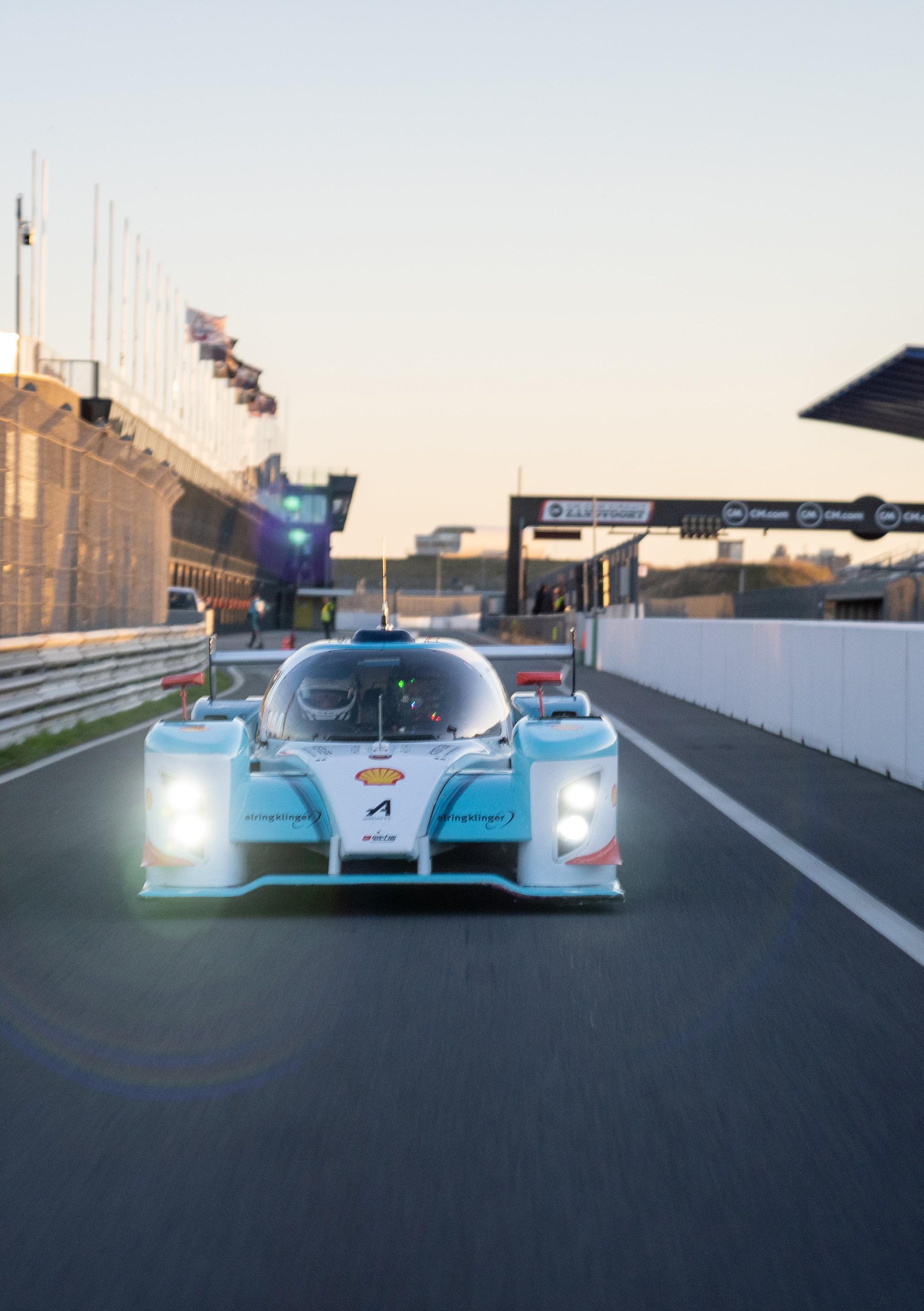
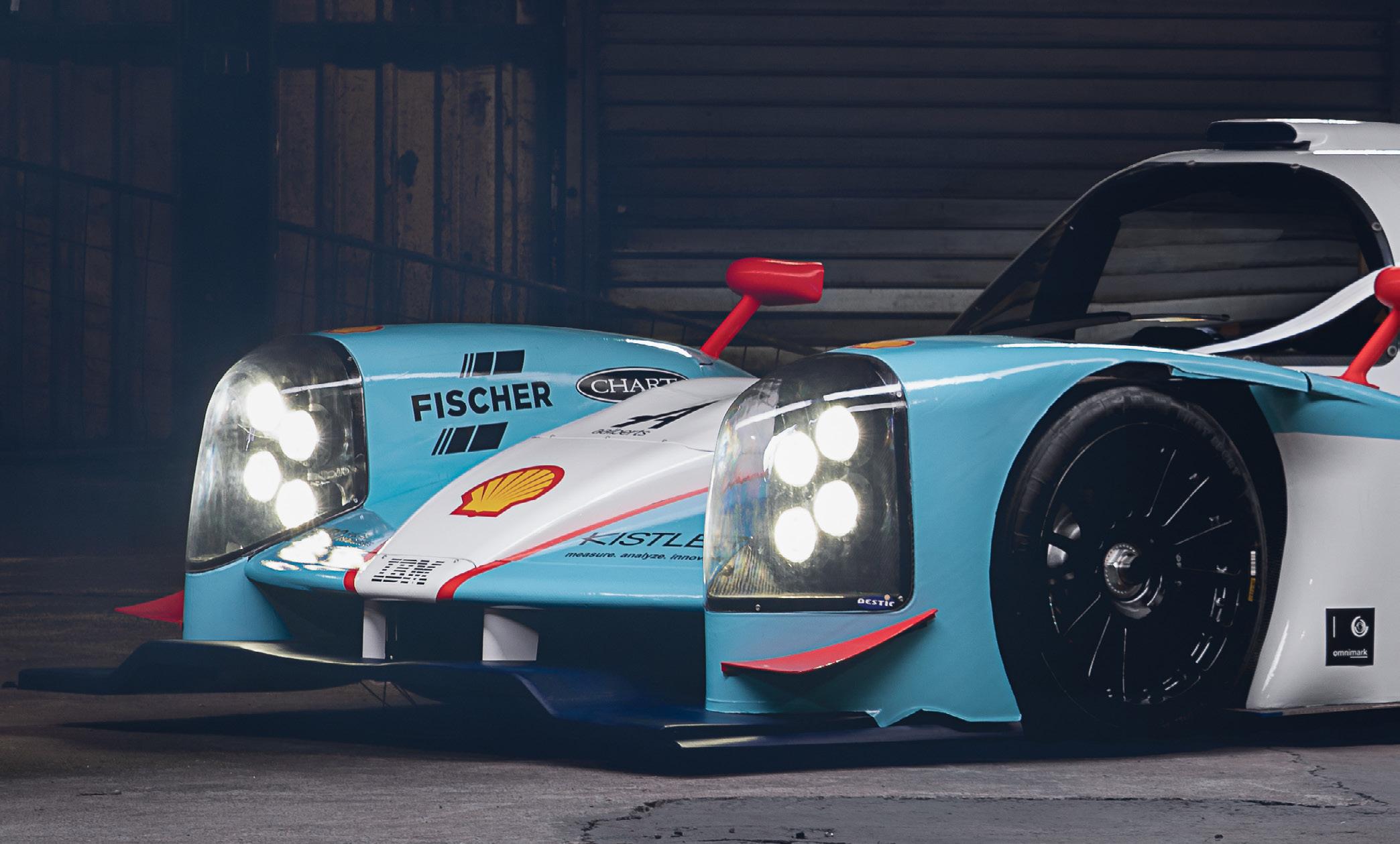
©
//Now is a busy time for the young team at Forze Hydrogen Racing. This ambitious and innovative group is made up mostly of students at Delft University of Technology in the Netherlands.
The goal of the team is to showcase hydrogen as the fuel of the future but in a creative and otherwise unseen way. The Forze IX is the team’s prized asset – a
// A TEAM FILLED WITH SUCH PASSION, ENTHUSIASM, AND DETERMINATION IS WHAT MAKES FORZE A SUCCESS //
powerful concept racing car, driven by a zero-emissions hydrogen fuel cell.
The onboard fuel cell is safe and reliable, and capable of delivering significant power. It can accelerate from 0 – 100 km/h in less than three seconds. The top speed is 300 km/h with the fuel cell delivering 240 kW, 327 hp.
Previously, the team spoke to Energy Focus about presenting hydrogen as a fuel source in a unique way. Demonstrating the power of hydrogen to industry, businesses, and the public has always been challenging, but when you have a futuristic, bright, and exclusive racing car on hand, onlookers take note.
Many private companies have joined the project, using it as a case study to test and enhance ideas as hydrogen moves into the mainstream
as part of the energy transition. The likes of Shell, Kistler, IBM, Fischer, EY, and CHART (among many more) are some of the global businesses that support Forze, which takes its name from the Formula Zero competition.
But it is the students that sit at the heart of this team. Originally established in 2007, Forze has worked on go-karts all the way up to Le Mans prototypes capable of competing in top races. Now on it’s ninth iteration, the car that the team is developing is world leading. Literally, no where else on earth is there a racing car of this sophistication in existence.
The team is refreshed each year and the latest group – students breaking their studies with a year in industry

– is headed by Team Manager, Ryan Zondag. He took over alongside his 30 voluntary colleagues in August 2024.
“Over the course of two weeks, all the knowledge and information about the team were diligently transferred to the new team. Everyone put in a lot of effort to absorb as much information as possible,” he said of what is a new era for team Forze.
Quickly attention turned to the project at hand and the many events the team must attend to drive publicity and attention around the project.
“Following the handover between the teams, Team XVIII’s first event was the 75th anniversary of Breda Airport, Seppe. Breda Airport and Forze have always enjoyed a strong collaboration. Our latest cars have both been tracktested on the airport strip. This is
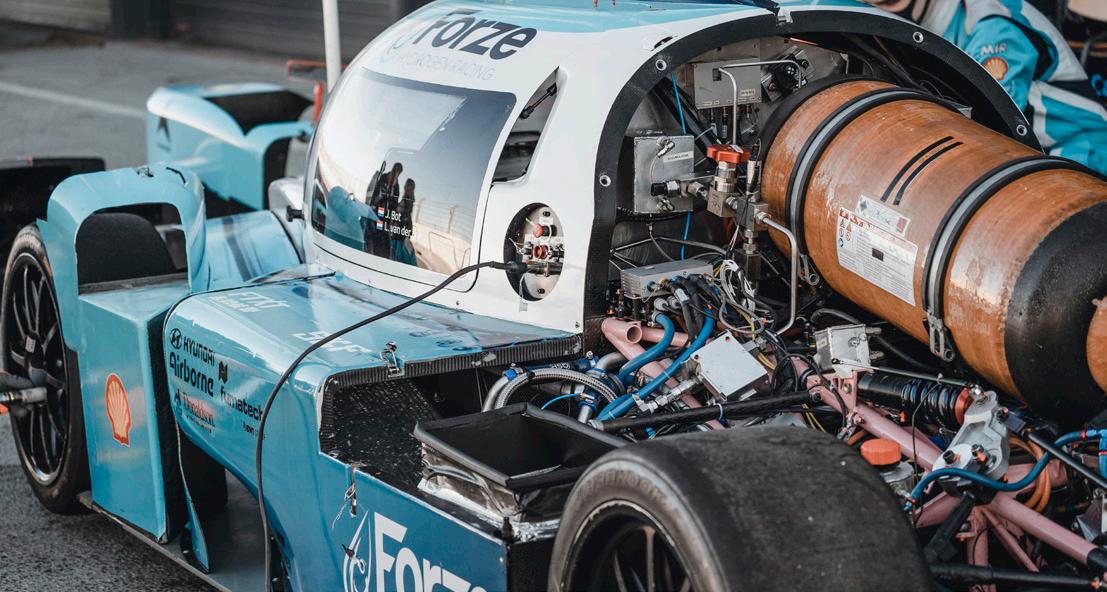
possible because the airport closes to air traffic at 20:00, giving us the opportunity to test,” explains Zondag.
“We presented the Forze XIII at the 75th anniversary celebration and during the event, a variety of classic planes and cars were exhibited, all coordinated by Michiel van Dijk. Although the event was, as we say, not entirely in our lane due to its focus on
classic planes and cars, the Forze VIII still attracted a lot of visitors throughout the day, all showing genuine interest.”
This has long been a strategy of Forze. Fuelling interest and pulling in curious minds, creating opportunities to share the potential hydrogen is how the brand and the industry gains traction. Not only important from a racing perspective, this entire project has
become a pathfinder for how powerful hydrogen can be in a transport setting.
“At Forze, we stand for a sustainable future for mobility,” the team states.
“A team filled with such passion, enthusiasm, and determination is what makes Forze a success. That, and also the many years of knowledge and
//IT IS FORZE’S GOAL TO SHIFT TOWARDS ENDURANCE RACING. WE BELIEVE THAT IS WHERE THE POWER OF HYDROGEN LIES //
growth that Forze has seen so far.
“With the Forze IX, we aim to compete in the GT Class of the Supercar Challenge, the fastest racing division. We will be on the grid with top-of-the-line production cars in our newest endeavour, such as Porsches and Lamborghinis. The pressure is on, to say the least.”
When the latest car can again prove its efficiency and safety on the track, the opportunities for further rollout are endless. Partner organisations can take their findings into the wider automotive sector, and when, inevitably, hydrogen is the chosen fuel for powering movement, the
knowledge developed at Forze will help to demonstrate possibilities at the top end of performance. The team is clear that relatively short races, however successful, are a stepping stone to a longer-term vision.
“The Forze IX is built to keep growing and innovating, so that is what we are going to do. In the future, it is Forze’s goal to shift towards endurance racing. We believe that is where the power of hydrogen lies.”
Thankfully, the latest team of bright minds aims to continue with the success of the last. Across all departments, work has been non-stop.
“In recent weeks” says Zondag, “the new embedded department has been onboarded. During this period,




our electronics engineers designed new RESS light PCBs. The new RESS lights will now be able to indicate both readyto-drive status and hydrogen leaks.
“In August, the Fuel Cell engineers began redesigning the high-pressure system and continued work on the design for the second BoP. Meanwhile, the powertrain engineer focused on conductivity tests for the Fuel Cell Cooling Cycle and developed a plan to enhance
// WE ARE ALSO DILIGENTLY WORKING ON GETTING THE REAR
the resistance of the cooling cycle.
“The chassis department has also settled into the office and begun working on the first projects. These include designing a new keel duct, air ramps, a slip ratio controller, and several other components. We are also diligently working on getting the rear left gearbox up and running smoothly.”
Currently, hydrogen represents only around 2% of the EU energy mix, and much of the usable hydrogen available is still produced using fossil fuels. But this is changing quickly. Green hydrogen production is set to grow dramatically in the next decade with many private companies investing in plants of different size in different locations. Fuelling networks are emerging, especially in advanced economies such as Germany, France, the UK, and the Netherlands. But testing of hydrogen’s

potential across different use cases is limited. The immediate and obvious use is in heavy haulage and trucking, and this is already underway with several successful studies completed. Currently, Forze is the only student team working with high power automotive fuel cells worldwide. Because the team’s work is so exciting, more brands are keen to be a part of the story.
“September promises to be a significant month for Forze, providing numerous opportunities to engage with both industry leaders and the public,” Zondag closes.

